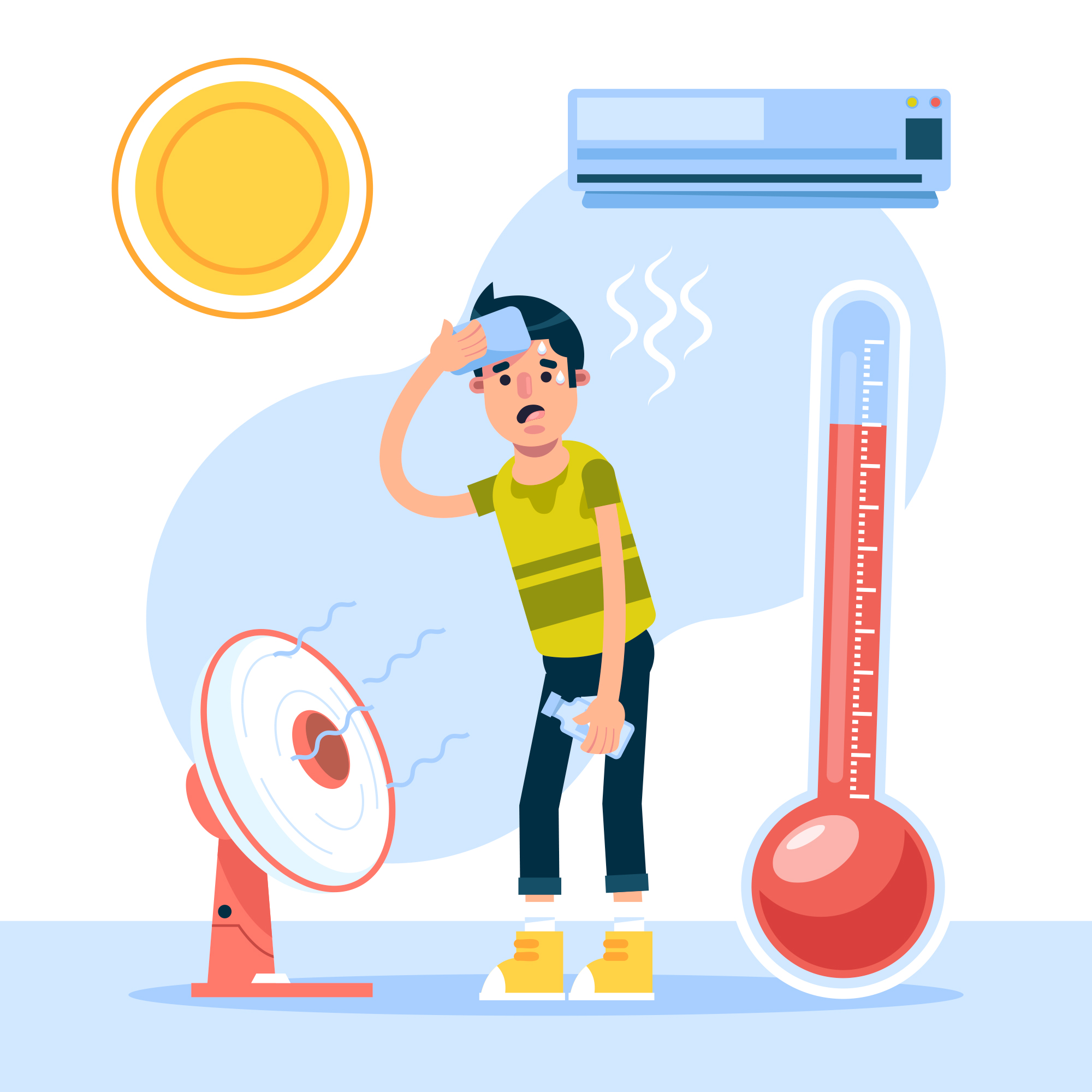News Highlight
According to a World Bank report, over 160-200 million Indians can be exposed to lethal heat waves yearly.
Key takeaway
According to a World Bank report, the rising demand for new cooling technologies could generate $1.6 trillion in investment opportunities and 3.7 million new jobs by 2040, even though 34 million Indians may lose their jobs due to heat stress.
Key highlights of the report
- The World Bank has released the “Climate Investment Opportunities in India’s Cooling Sector” report.
- From 2030 onwards, more than 160 to 200 million people could be exposed to a lethal heat wave in India every year.
- By 2037, the demand for cooling is likely to be eight times more than current levels.
- This could open an investment opportunity of $1.6 trillion by 2040, besides reducing greenhouse gas emissions significantly and creating 3.7 million jobs.
- With the demand for cooling shooting up, there will be a new air-conditioner every 15 seconds, leading to an expected rise of 435% in annual greenhouse gas emissions over the next two decades.
- The report proposes a roadmap to support New Delhi’s India Cooling Action Plan (ICAP) 2019.
- Improvement in servicing, maintenance and disposal of equipment that uses hydrochlorofluorocarbons
- District cooling technologies generate chilled water in a central plant which is then distributed to multiple buildings via underground insulating pipes.
Heat waves
- What are heat waves?
- It is defined based on the temperature thresholds over a region in terms of actual temperature or its departure from usual.
- In certain countries, it is defined in terms of the heat index based on temperature and humidity or based on the extreme percentile of the temperatures.
- What are the criteria for declaring heat waves in India?
- Heatwave is considered if the maximum temperature of a station reaches at least 40°C or more for Plains and at least 30°C or more for Hilly regions.
- Some key health impacts of heat are:
- Rapid increases in heat gain due to exposure to hotter-than-average conditions compromise the body’s ability to regulate temperature and can result in a cascade of illnesses, including heat cramps, heat exhaustion, heatstroke, and hyperthermia.
- Deaths and hospitalizations from heat can occur extremely rapidly or have a lagged effect and result in accelerating death or illness in the already frail, as is particularly observed in the first days of heatwaves.
- Heat conditions can alter human behaviour, the transmission of diseases, health service delivery, air quality, and critical social infrastructures such as energy, transport, and water.
India Cooling Action Plan (ICAP)
- The India Cooling Action Plan (ICAP) was launched in March 2019 by the Ministry of Environment, Forests, and Climate Change.
- The ICAP provides a 20-year perspective and outlines actions needed to provide access to sustainable cooling.
- The plan aims to:
- Reduce cooling demand across sectors by 20% to 25% by 2037-38
- Reduce refrigerant demand by 25% to 30% by 2037-38
- Reduce cooling energy requirements by 25% to 40% by 2037-38
- Recognise “cooling and related areas” as a thrust area of research under the National Science and Technology Programme
- Training and certification of 100,000 servicing sector technicians by 2022-23, synergizing with Skill India Mission
Pic Courtesy: freepik
Content Source: The Hindu



